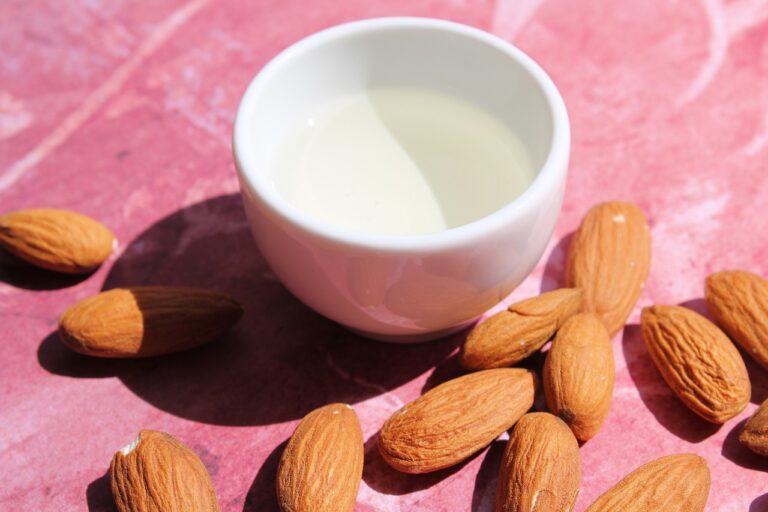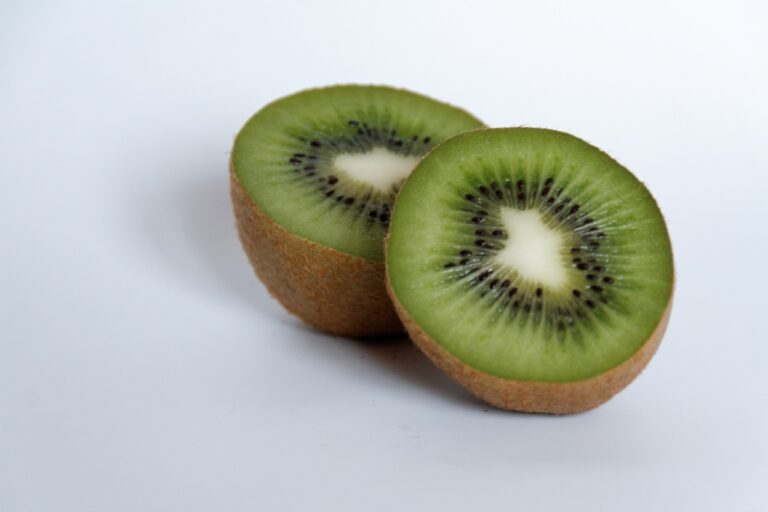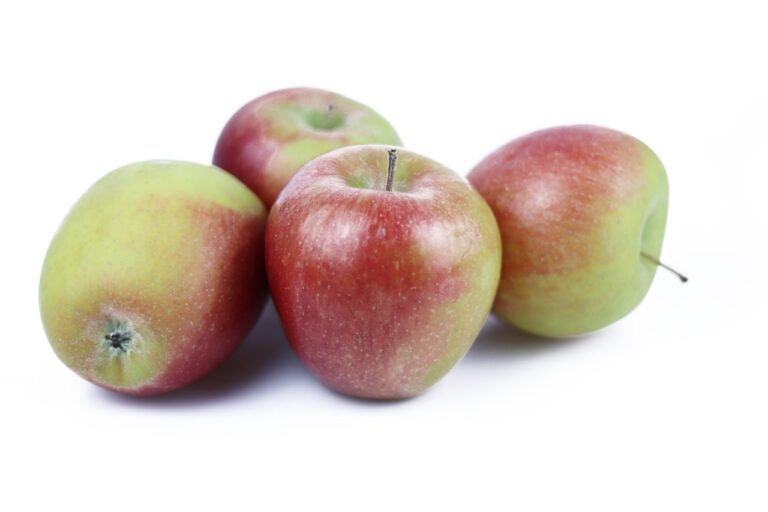Understanding the Benefits of Traditional Healing Approaches
Traditional healing practices have been deeply ingrained in various cultures around the world for centuries. These ancient traditions have been passed down from generation to generation, serving as a vital link to the past and a source of healing for many communities. The roots of traditional healing practices can be traced back to indigenous tribes and ancient civilizations, where shamans, healers, and medicine men held positions of great importance in society.
Throughout history, traditional healing methods have evolved and adapted to changing environments and circumstances. From herbal remedies and spiritual ceremonies to energy healing and acupuncture, these practices have stood the test of time and continue to offer relief and solace to those in need. The history of traditional healing practices is a rich tapestry woven with the threads of cultural beliefs, community values, and a deep reverence for the interconnectedness of all beings.
The Cultural Significance of Traditional Healing Approaches
Traditional healing approaches hold immense cultural significance for communities around the world. These healing practices are deeply rooted in the history and traditions of various cultures, passed down through generations as valuable knowledge and wisdom. They not only address physical ailments but also cater to the spiritual and emotional well-being of individuals, reflecting the holistic approach to health encapsulated in traditional healing methods.
Furthermore, traditional healing approaches serve as a link to a community’s heritage and identity, embodying the beliefs, values, and customs unique to that culture. These practices often incorporate rituals, ceremonies, and use of local herbs and remedies that are symbolic of the interconnectedness between humans, nature, and the spiritual realm. By preserving and continuing these age-old healing traditions, communities are able to maintain a sense of cultural pride and cohesion, reinforcing the importance of ancestral wisdom in navigating life’s challenges.
• Traditional healing approaches are deeply rooted in the history and traditions of various cultures
• They address physical, spiritual, and emotional well-being
• Serve as a link to a community’s heritage and identity
• Incorporate rituals, ceremonies, and use of local herbs and remedies symbolic of interconnectedness between humans, nature, and the spiritual realm
• Preserve cultural pride and cohesion by maintaining ancestral wisdom
The Holistic Nature of Traditional Healing Methods
Traditional healing methods encompass a wide range of practices that focus on healing the mind, body, and spirit as a whole. These approaches often view an individual’s well-being as interconnected with their environment and community, emphasizing the importance of balance and harmony within all aspects of life. By addressing the physical, emotional, and spiritual aspects of a person, traditional healing methods aim to promote overall health and wellness.
Many traditional healing practices draw on natural remedies such as herbs, plants, and minerals, as well as techniques like massage, energy work, and meditation. These methods are often rooted in cultural beliefs and passed down through generations, reflecting a deep connection to the land, ancestral wisdom, and spiritual teachings. By embracing the holistic nature of traditional healing, individuals can experience a sense of wholeness and interconnectedness that supports their journey towards optimal health and healing.
What is the history of traditional healing practices?
Traditional healing practices have been passed down through generations and have roots in various cultures around the world. These practices often involve a combination of herbal remedies, spiritual rituals, and natural therapies to promote healing and well-being.
Why are traditional healing approaches culturally significant?
Traditional healing approaches are deeply intertwined with the cultural beliefs and values of a community. They often reflect the unique perspectives and ways of understanding health and wellness that have been developed over time within a specific cultural context.
How do traditional healing methods differ from modern medical treatments?
Traditional healing methods often take a more holistic approach to health, considering the interconnectedness of the mind, body, and spirit. They may focus on addressing the root causes of illness rather than just treating symptoms, and often incorporate spiritual and emotional aspects of healing.
What is the holistic nature of traditional healing methods?
Traditional healing methods view health and wellness as a balance of physical, emotional, mental, and spiritual well-being. They often incorporate practices that address all aspects of a person’s being, aiming to restore harmony and balance within the individual and their environment.







